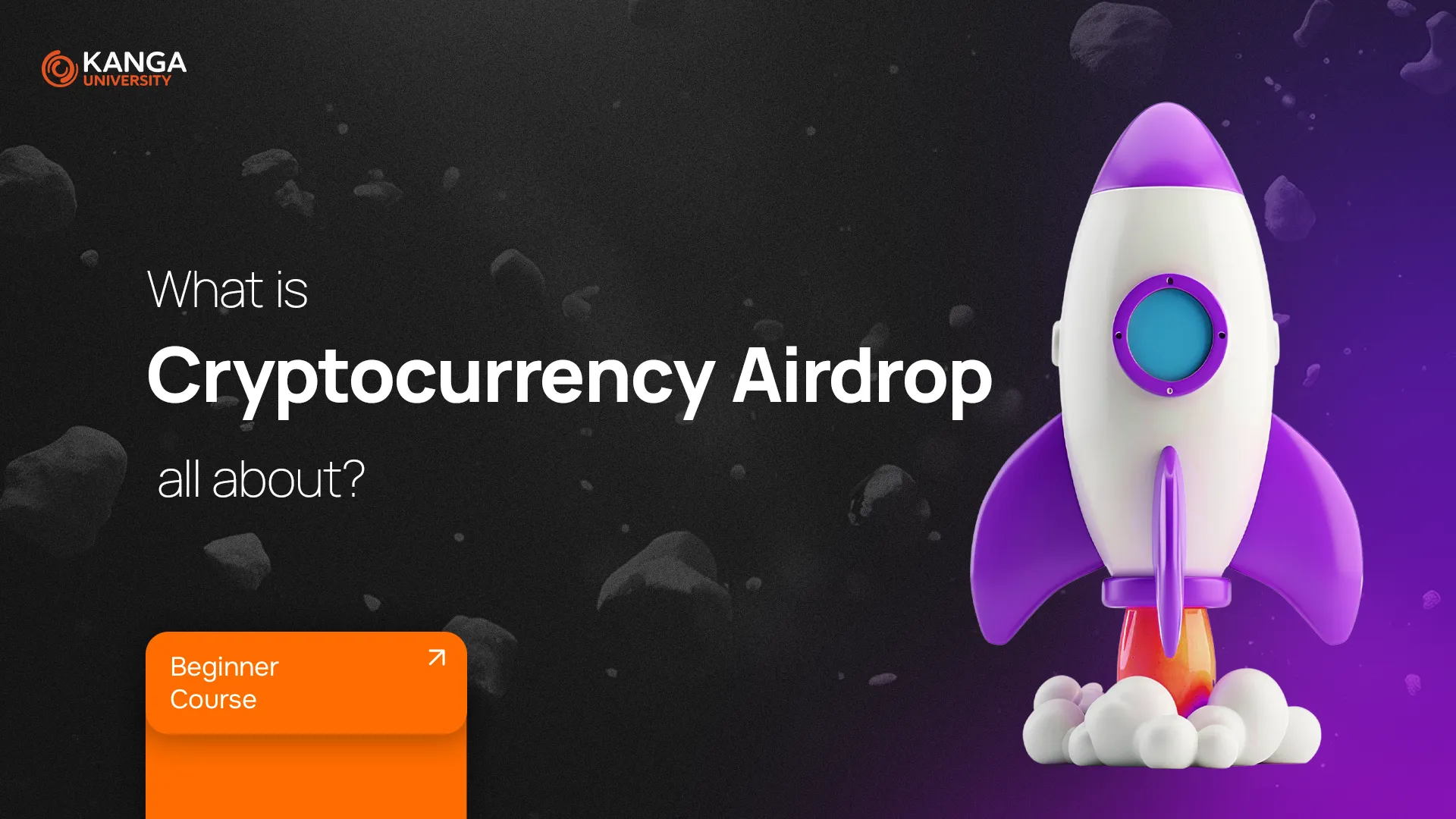
Welcome! Today, we’re diving into an intriguing aspect of the cryptocurrency world that appeals not only to seasoned traders but also to newcomers. We’re talking about airdrops – a marketing strategy that allows projects to distribute free tokens to their community. In this lesson, we’ll explain what airdrops are, how they work, and discuss their advantages and drawbacks, all in an engaging and easy-to-understand way. We’ve updated the content with the latest information from reliable sources.
What Are Airdrops?
Airdrops are a marketing strategy used by blockchain projects to distribute free coins or tokens to community members. In exchange for completing simple tasks—like sharing a post on social media, subscribing to a newsletter, participating in quizzes, or filling out surveys—you may become eligible to receive free tokens. Projects usually specify clear rules and procedures, and the primary goal is to raise awareness about the project and attract potential investors.
How Do Airdrops Work?
The process begins when a project decides to conduct an airdrop. Information about the upcoming distribution is shared on the project’s website, social media channels, and crypto forums. To qualify, participants need to complete a designated task—sometimes as simple as providing their wallet address, or sometimes more involved, such as promoting the project online. The aim is not only to reward loyal community members but also to boost the project’s visibility.
Types of Airdrops
There are several common types of airdrops:
-
Standard Airdrops:
Simply expressing interest in a project by submitting your wallet address qualifies you for a limited number of tokens. Timing is critical since the token supply is often capped. -
Bounty Airdrops:
These require participants to complete specific tasks, such as sharing posts, retweeting project updates, or referring the project to others. Rewards can vary based on the quality and quantity of your contributions. -
Airdrops for Existing Holders:
Tokens are distributed to current holders of a specific token. This model rewards loyal investors but might not encourage new users to get involved. -
Exclusive Airdrops:
Participation is reserved for selected individuals who meet certain criteria—such as long-term engagement with the project or holding a significant amount of tokens. This personalized approach helps strengthen community bonds. -
Lottery Airdrops:
In this format, the project sets a fixed number of tokens to be distributed through a random draw. Entry requirements might include holding a certain number of tokens or completing specific tasks. Although this method adds an element of excitement, the odds can be slim if demand exceeds the number of available tokens.
Advantages and Disadvantages of Airdrops
Advantages:
-
Project Promotion:
Airdrops help projects stand out in the crowded crypto market by increasing visibility and drawing in new investors. -
Community Rewards:
They offer free tokens as a reward, which can be particularly attractive during the early stages of a project. -
Rapid Distribution:
Airdrops allow for quick and widespread distribution of tokens, which can significantly boost a project’s market presence.
Disadvantages:
-
Risk of Scams:
Some fraudulent projects may use airdrops to trick users into revealing private keys or linking their wallets to suspicious sources. -
Legal and Regulatory Concerns:
Airdrops might sometimes conflict with legal requirements, especially if they encourage additional token purchases with promises of further airdrops, potentially devaluing the token. -
Questionable Project Quality:
Over-reliance on free token distribution can signal a lack of commitment to creating genuine value, thereby undermining a project’s credibility.
Examples of Airdrops
Airdrops have gained worldwide popularity. Here are a few notable examples:
-
AuroraCoin (AUR):
One of the first known airdrops, which took place in March 2014, aimed to create a digital currency for Iceland. -
Gas DAO (2021):
Participants who deposited a certain amount of funds for gas on the Ethereum network received 55% of the total tokens, distributed across over 600,000 wallets. -
Uniswap (UNI, 2020):
Over 250,000 accounts received free UNI tokens, which significantly boosted the popularity of this decentralized exchange.
Other examples include airdrops from projects like OpenDAO, Bitcoin giveaways by El Salvador, and targeted distributions by projects such as Symbol, Bitcoin Rhodium, and ARCS. Each used airdrops in different ways to reward community members or raise project awareness.
Summary
Airdrops are an effective marketing strategy in the cryptocurrency world, allowing projects to rapidly increase their visibility and reward loyal community members with free tokens. While airdrops can boost your crypto portfolio, it’s essential to remain cautious and verify the credibility of projects before participating. Given the fast-paced nature of the crypto market, keeping up with the latest information is crucial.